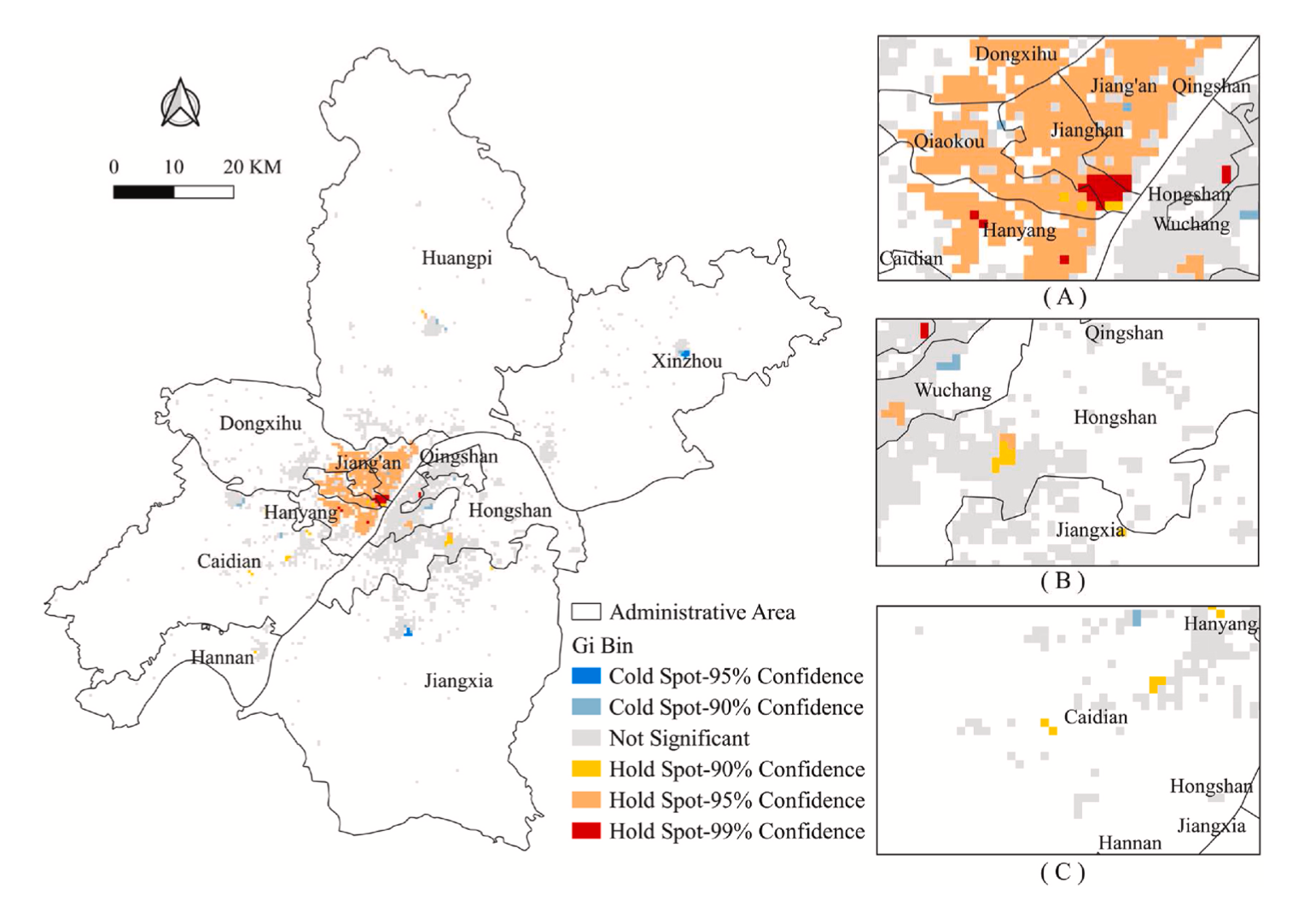Title:Assessing myocardial infarction severity from the urban environment perspective in Wuhan, China

Highlights
- RFA-SHAP far outperforms other models facing the high dimensional non-linear problem
- Unobtrusive MI risk factors and some spatial patterns in Wuhan, China were revealed.
- This paper calls for attention to the impact of environmental factors on MI severity.
- Three constructive suggestions are provided for urban planners to reduce MI severity.
Abstract
Health inequalities are globally widespread due to the regional socioeconomic inequalities. Myocardial infarc- tion (MI) is a leading health problem causing deaths worldwide. Yet medical services for it are often inequitably distributed by region. Moreover, studies concerning MI’s potential spatial risk factors generally suffer from difficulties in focusing on too few factors, inappropriate models, and coarse spatial grain of data. To address these issues, this paper integrates registered 1098 MI cases and urban multi-source spatio-temporal big data, and spatially analyses the risk factors for MI severity by applying an advanced interpretable model, the random forest algorithm (RFA)-based SHapley Additive exPlanations (SHAP) model. In addition, a community-scale model between spatio-temporal risk factors and MI cases is constructed to predict the MI severity of all communities in Wuhan, China. The results suggest that those risk factors (i.e., age of patients, medical quality, temperature changes, air pollution and urban habitat) affect the MI severity at the community scale. We found that Wuhan residents in the downtown area are at risk for high MI severity, and the surrounding suburb areas show a donut- shape pattern of risk for medium-to-high MI severity. These patterns draw our attention to the impact of spatial environmental risk factors on MI severity. Thus, this paper provides three recommendations for urban planning to reduce the risk and mortality from severe MI in the aspect of policy implication.
Keywords
Myocardial infarction; Interpretable machine learning; Spatio-temporal factors; GIS spatial Analysis; Urban environment
Full Text Download
Journal of Environmental Management
Q.E.D.









